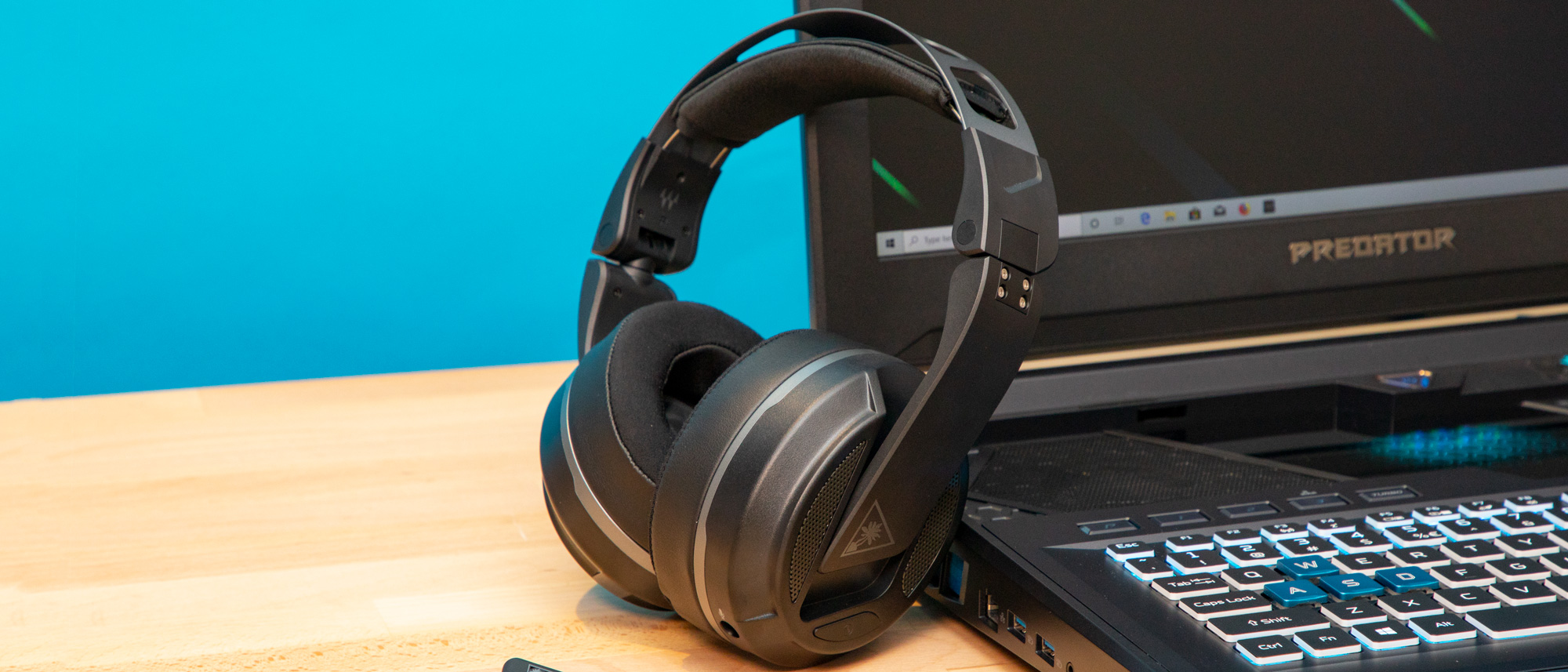TechRadar Verdict
The Turtle Beach Elite Atlas Aero is a good headset, with excellent sound quality and features, but the tight fit, high price tag and questionable aesthetic hold it back from true greatness.
Pros
- +
Sound quality
- +
ProSpecs Glasses Relief system
- +
Plenty of features
Cons
- -
Expensive
- -
Questionable aesthetic
Why you can trust TechRadar
Ask any PC gamer and it's likely that they'll know Turtle Beach as "that company that makes console peripherals." And, while it's true that the manufacturer has been behind a lot of peripherals for the Xbox One and PS4, it's trying to branch out and reach PC gamers with headsets like the Turtle Beach Elite Atlas Aero.
This is essentially Turtle Beach's best PC gaming headset, with wireless connectivity, a metal headband, powerful desktop software and a price tag to match. That's right, you're looking at a price of $149 (£129, about AU$220) if you want to get your hands on the Turtle Beach Elite Atlas Aero. At that price point, it goes up against some of the best PC gaming headsets on the market, like the Corsair Void Pro RGB, which is actually cheaper at $99 (£104, AU$169).
Turtle Beach is hoping that some unique features will help sell it to PC gamers, but is it worth the inflated pricing?
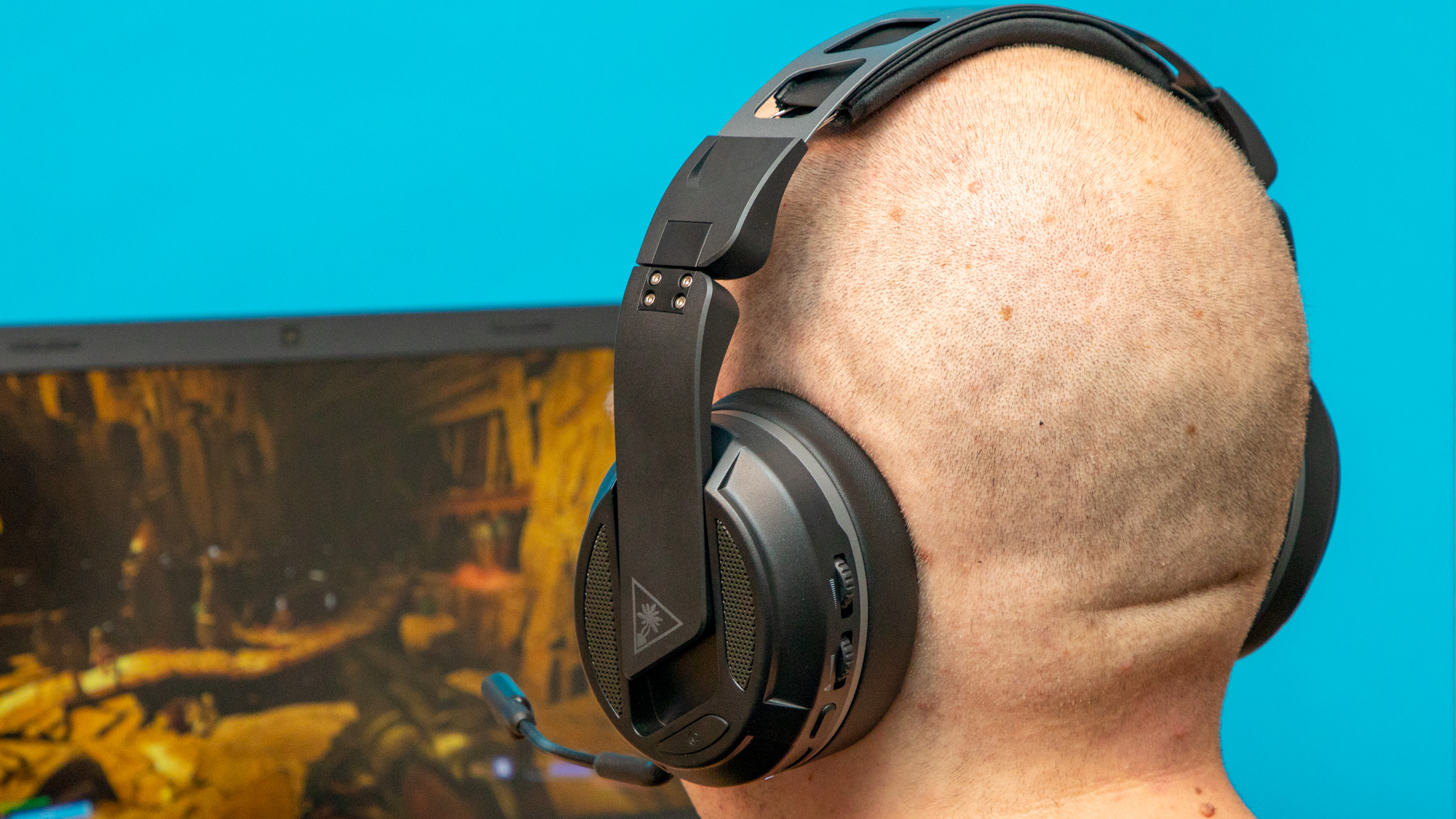

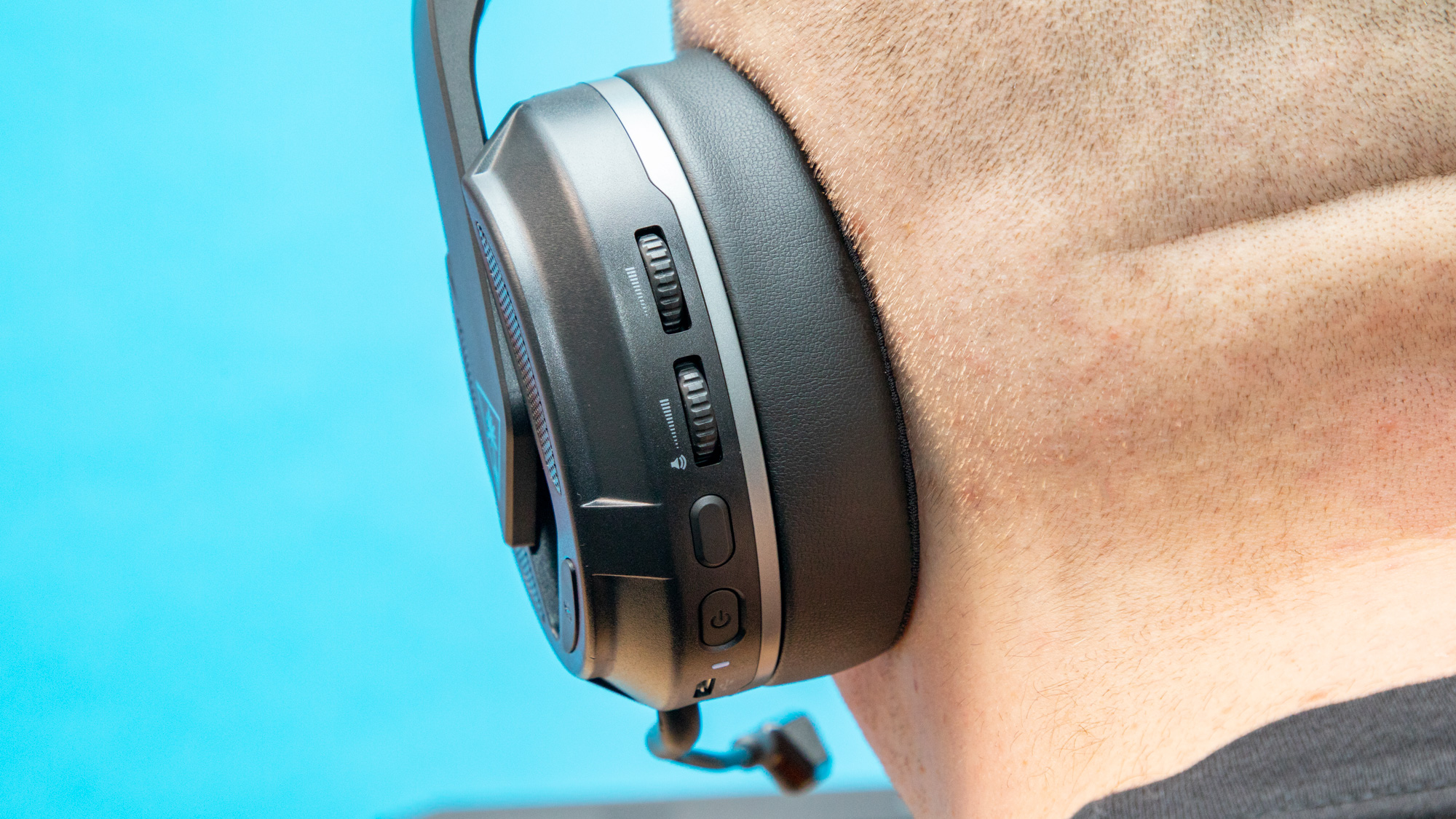
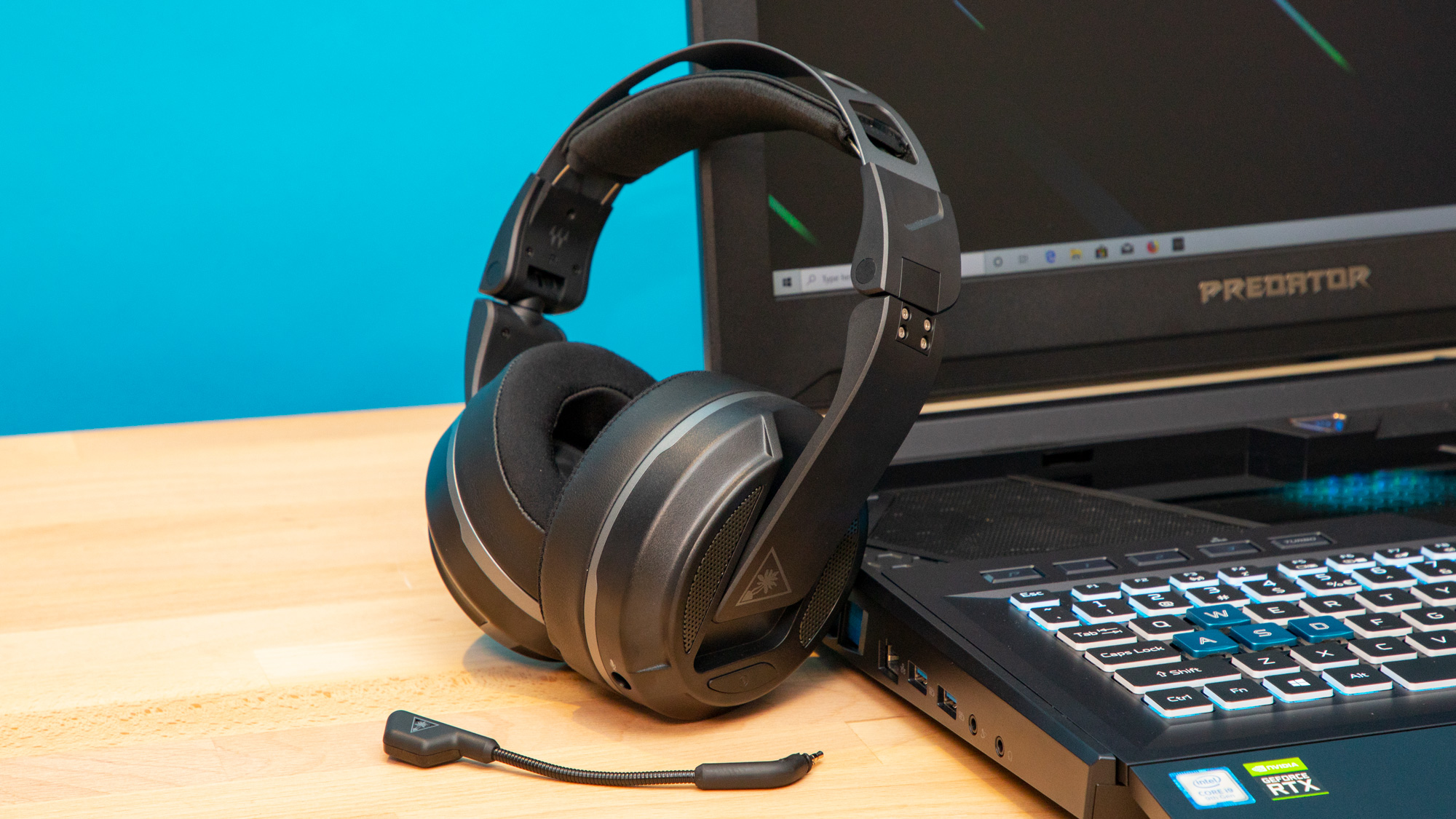
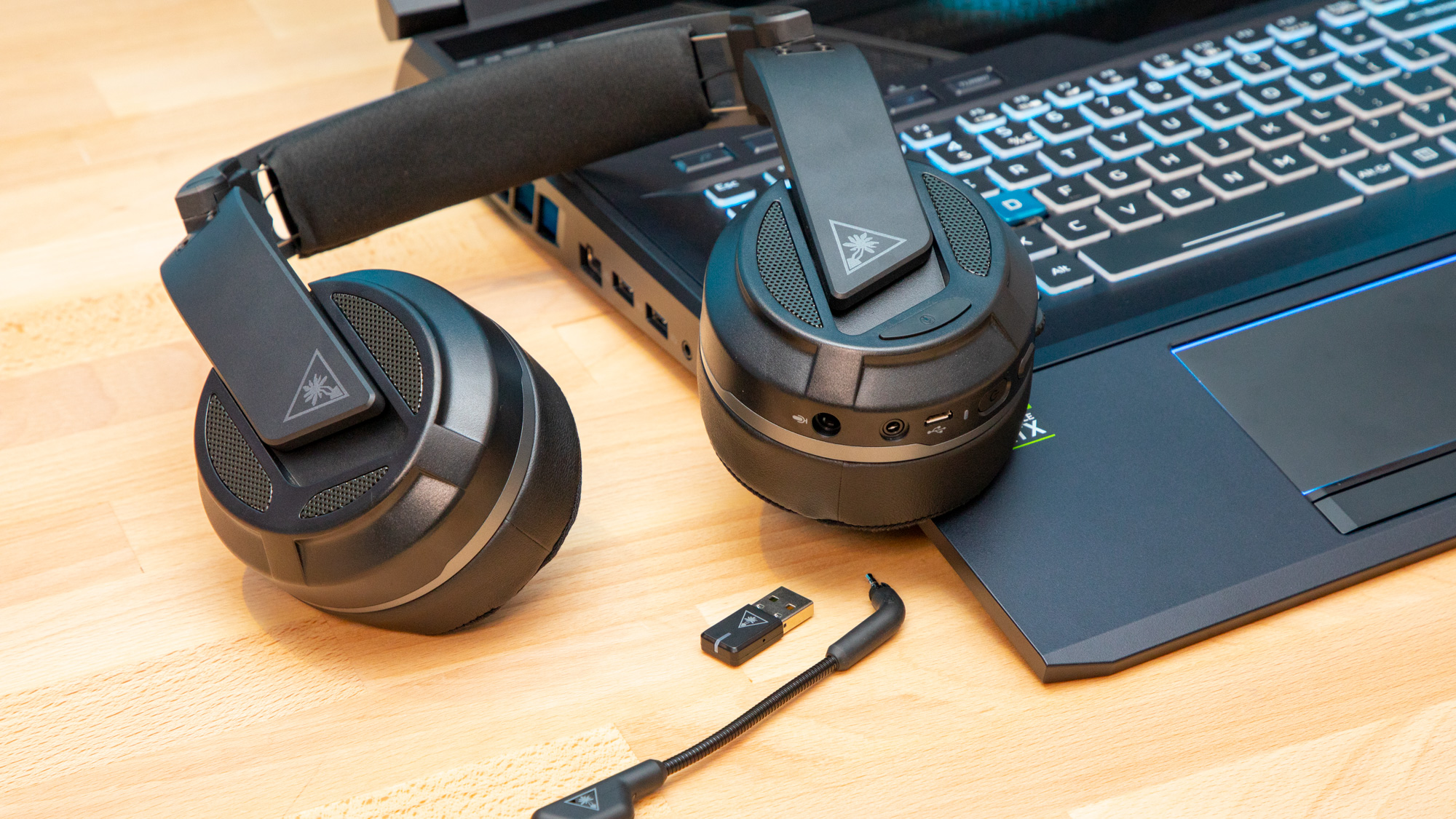

Design
If the Turtle Beach Elite Atlas Aero looks like anything, it looks like a gaming headset. Sharp angles are all over the design of this thing, with speaker grilles on the outside of the earcups that enable Waves NX 3D Audio – but are also kind of an eyesore. The angular, "gamer" design would be better if it came equipped with some RGB lighting, especially at this price point, but you won't find it here.
The earcups themselves are memory foam, so they're nice and comfy, but the tight squeeze of the headset on our head kind of offsets the benefit here. This is entirely a personal preference thing, so if you're into tight headsets that give a good seal, you'll fall in love here.
You can also remove the earcups, which is awesome if you need to replace them down the line due to wear and tear. But, what's cooler about these removable earcups on the Turtle Beach Elite Atlas Aero is that there's a little strap on the inside of each ear pad. You can pull on this strap to adjust it, making an indentation in the earcup that makes it more comfortable for folks that wear glasses.
Turtle Beach is calling this the "ProSpecs Glasses Relief system," and it's a feature we haven't seen in other headsets. Frankly, this is a major win in terms of accessibility. We love inclusive design work, and the Elite Atlas Aero definitely wins points here.
Sign up for breaking news, reviews, opinion, top tech deals, and more.
Finally, when you pull the right earcup off, you'll see a little indentation where you can store the USB wireless dongle for easy storage. We still ended up losing the dongle and needing a replacement, but that's more just us being clumsy than anything on Turtle Beach's behalf.
Much like the earcups the mic is removable, which is a nice touch.
To control the headset, you'll find all the buttons, dials and ports over on the left ear cup. You'll get an indented power button, a volume dial and a configurable button that will enable "Superhuman Hearing" by default.
Now, before you break out your credit card to buy a superpower, this just means the frequencies that the sound of in-game footsteps typically occupy will be amplified, so you can hear people walk up behind you or around corners in games. On the outside of the headset, you'll see a button that mutes the mic.
The biggest downfall in design here isn't actually the headset, though: it's the software. Now, it's obvious that this software is incredibly powerful, but the interface looks like it was ripped straight out of 1996. It gets the job done, but we honestly can't stand to look at it. This could be updated in the future though, so it's definitely not a dealbreaker.
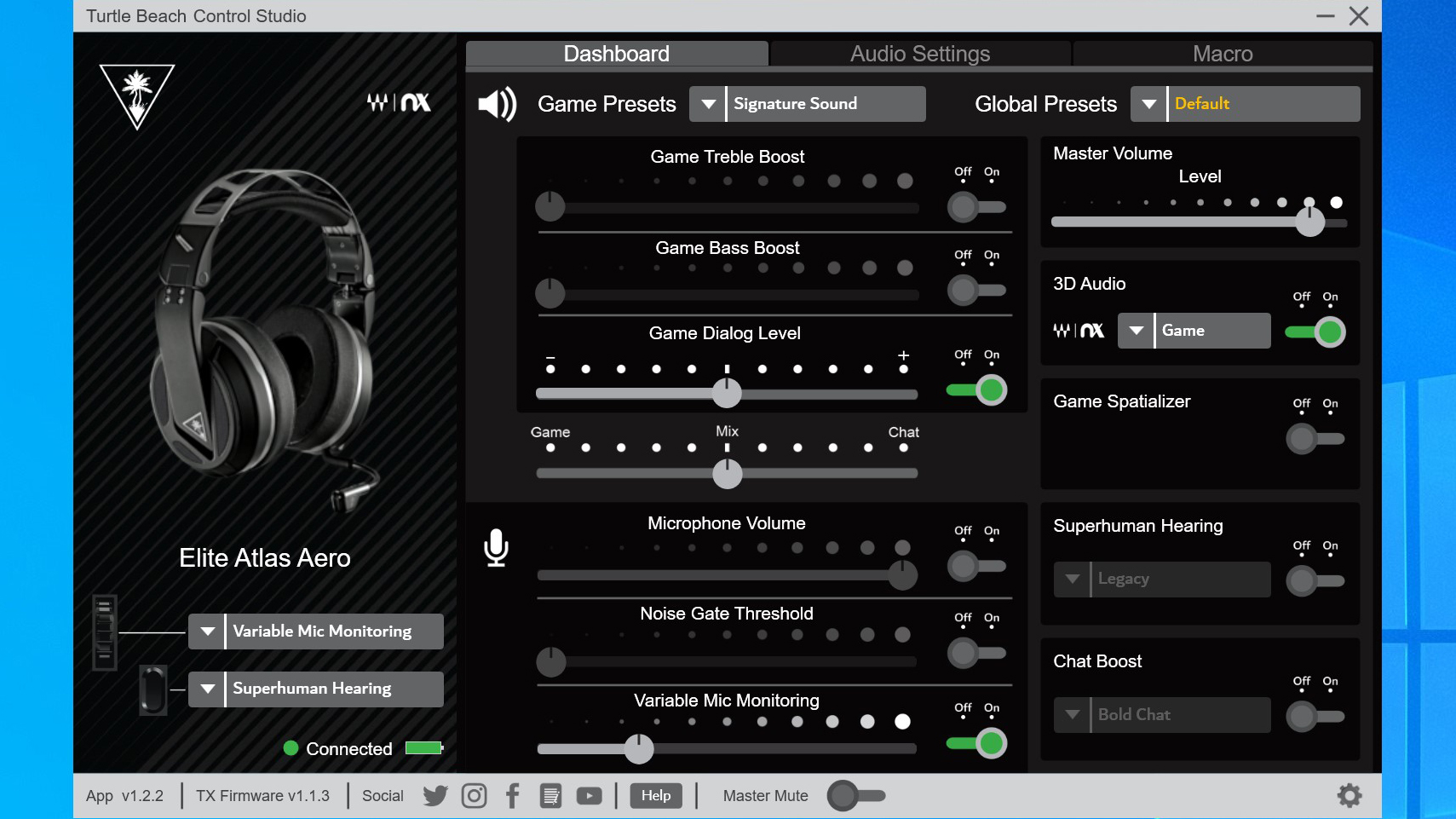
Performance
OK, this is a gaming headset that looks like a gaming headset – what else is new? What's important is how it sounds. And, well, this headset nails it when playing games. Playing Sekiro: Shadows Die Twice, the background music is beautiful, the swords clang together in epic fashion and the sound of the blood spraying after stabbing an enemy in the neck is as visceral as ever.
However, to further enhance audio in your PC games, there are a couple of features that Turtle Beach has included here. First, you've got that "Superhuman Hearing," which is targeted squarely at folks playing esports games. We're definitely not esports players, we're too old, so we're not keen on getting destroyed in something like Overwatch.
In Sekiro, however, when this option is enabled it will isolate the sound of your grappling hook shooting out, all but muting the rest of the game sound. It's an odd effect, and we see it being useful for anyone playing the latest Call of Duty, but in single player RPGs, you're going to want to leave this setting off.
For the more single-player leaning players, however, Turtle Beach has included Waves NX 3D Audio. This does make the game world feel more voluminous, and made playing Dark Souls into a new experience, even if we've played it multiple times. However, this isn't like the Audeze Mobius that tracks your head movement, it just adds a 3D effect to the game audio.

Final verdict
The Turtle Beach Elite Atlas Aero ticks a lot of boxes, and its unique features and accessibility options are definitely worth taking a look at. Both esports players and single-player curmudgeons will find a feature to enjoy.
However, the design leaves a lot to be desired, and the lack of any RGB lighting makes the extremely "gamer" aesthetic not worth it. And, at $149 (£129, about AU$220), the price tag might be hard to swallow, especially in the face of headsets like the Corsair Void Pro RGB, which features 7.1 Virtual Surround, while slashing 50 bucks or quid off the price tag.

Jacqueline Thomas (Twitter) is TechRadar's former computing editor and components queen. She is fat, queer, and extremely online, and is currently the Hardware and Buying Guides Editor for IGN.
